Clinical Rehabilitation and Biomechanics Laboratory
The Clinical Rehabilitation and Biomechanics (CRAB) Laboratory
Mission: To improve the quality of life by reducing fall risks in older adults and in individuals with neurological disorders.
Research areas of interest: Gait and Posture, Fall Risk Reduction, Neuro-Rehabilitation
Director
- Vennila Krishnan, PhD, PT
Professor

Collaborators
- Young-Hee Cho, PhD
Psychology, CSULB
- Rahul Soangra, PhD
Physical Therapy, Chapman University
- Joby John, PhD
Mathematics Department, Chapman University
- I-Hung Khoo, PhD
Electrical Engineering, CSULB
1. Cognitive-Motor Interference during Dual-tasks in Older Adults
Collaborators
- Young-Hee Cho, PhD, CSULB
Our focus is to investigate the effectiveness of dual-task (DT) interventions in different levels of cognitive impairments in older adults and reducing the risk of falls. Specifically, we are investigating DT intervention’s effect in improving walking, cognition, clinical measures and quality of life.
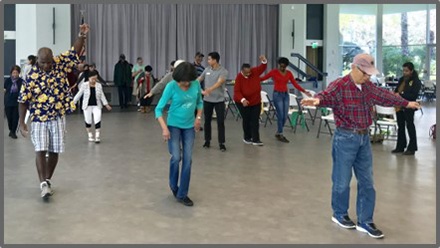
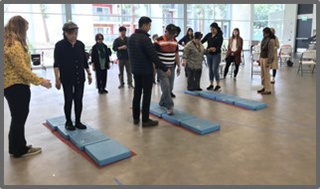
2. Artificial Intelligence (AI) Assisted Personalized Fall Risk Assessment among Ambulatory Stroke Survivors using Wearable Sensors
Collaborators
- Rahul Soangra, PhD, Chapman University
- Joby John, PhD, Chapman University
Our long-term goal is to develop AI- assisted Fall risk assessment wearable tools specifically for Stroke Survivors. We aim to develop novel Machine Learning (ML) algorithms utilizing clinically relevant motor and cognitive features for fall risk assessment among stroke survivors. Our prior collaborated research investigated how 360° degrees turning was affected in post-stroke. In our current collaborative research, we will develop and test the feasibility of using wearable/ smartphone sensors with ML algorithms for personalized fall risk assessment among ambulatory stroke survivors when performing activities of daily living tasks.
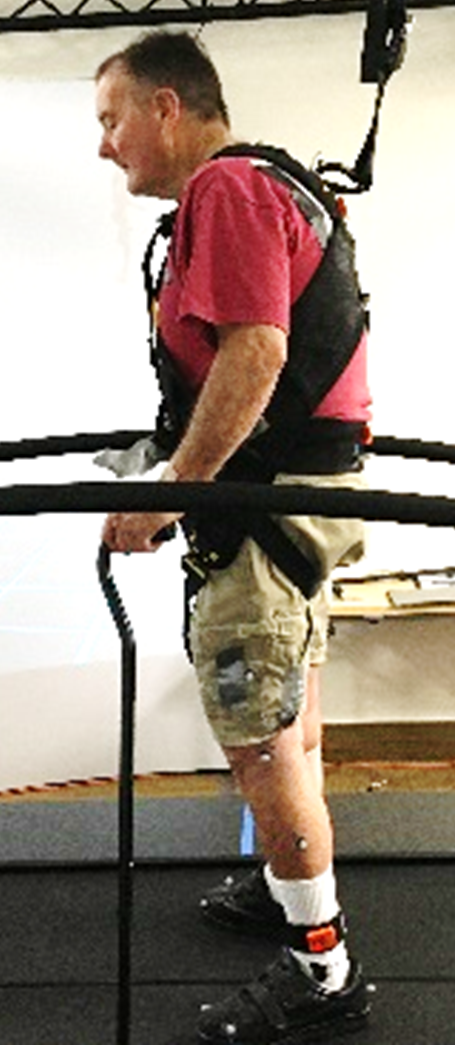
3. Gait Rehabilitation in Chronic Stroke Survivors
Collaborators
- I-Hung Khoo, PhD, CSULB
- Panadda Marayong, PhD, CSULB
Our focus is to design and develop novel rehabilitation interventions that are clinically relevant and are effective in treating individuals with various neurological and musculoskeletal disorders. We fabricated a shoe-insole device “Walk-Even” that provides real-time auditory guidance to post-stroke survivors to correct their asymmetrical gait.
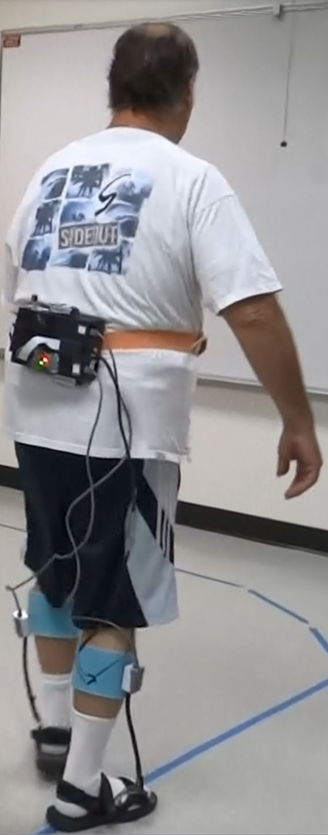
Equipment
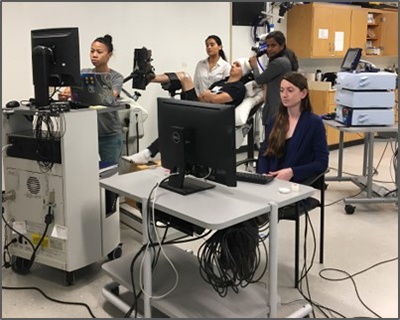
We use a range of techniques including Electromyography, Zeno electronic mat, Tekscan pressure sensor system, MobilityLab inertial sensors, Vicon three-dimensional motion tracking, Force plates, and Transcranial Magnetic Stimulation, apart from fabricating our own customized devices.





